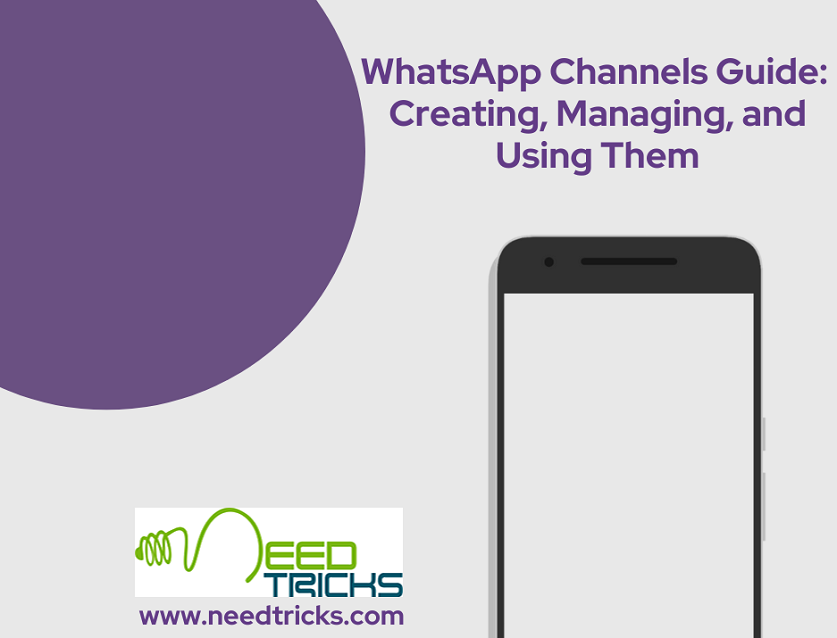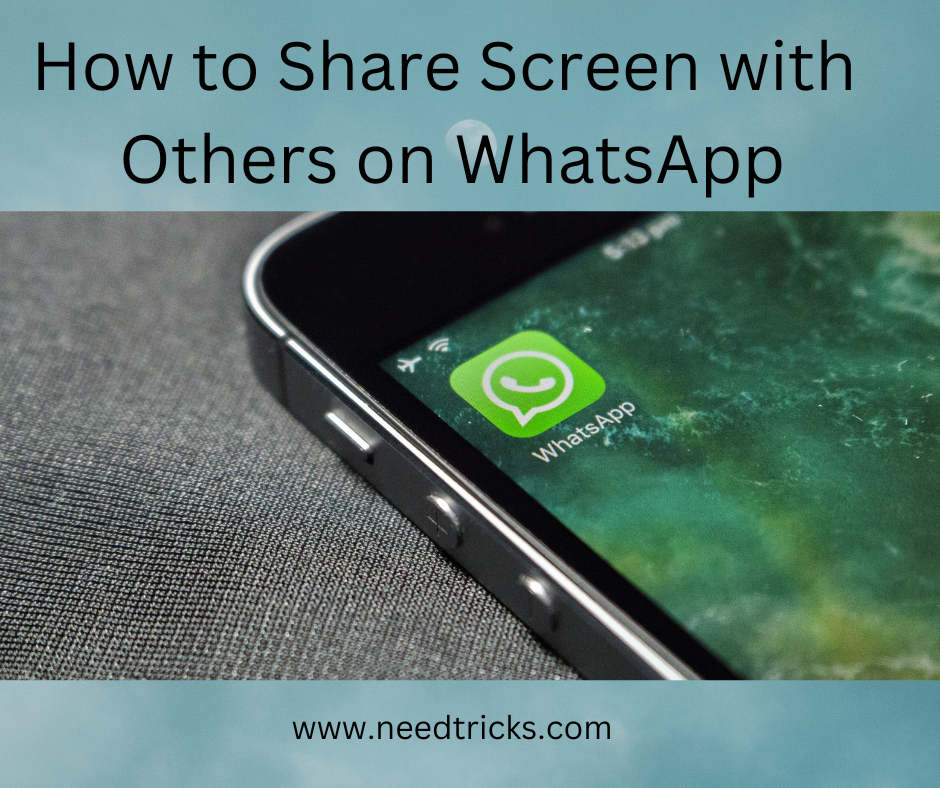WhatsApp channels provide a powerful platform for communicating with a large audience, whether for business or personal use. With the ability to broadcast messages, share information, and engage in discussions, channels offer a versatile communication tool within the WhatsApp ecosystem (WhatsApp Channels Guide).
While most users are familiar with one-on-one messaging and group chats, WhatsApp also offers a feature known as “channels.” WhatsApp channels provide a unique way to interact with a large audience, whether for business purposes or personal use.
WhatsApp Channels Guide: Creating, Managing, and Using Them
In this comprehensive guide, we will explore WhatsApp channels, how to create and manage them, and various tips and tricks for optimizing your experience.
Understanding WhatsApp Channels
What are WhatsApp channels?
WhatsApp channels are essentially groups or chat rooms with a large number of participants. They are often used for broadcasting messages, sharing information, or conducting discussions with a broad audience.
Distinguishing Features:
WhatsApp channels typically have the following characteristics:
- Large Number of Members: WhatsApp channels can accommodate a significant number of participants, often more than regular group chats.
- Broadcast-Style Messages: Admins can send messages to all members without individual replies.
- Restricted Member Interaction: Unlike regular groups, where all members can contribute, WhatsApp channels usually limit interaction to the admin or a select few.
Creating a WhatsApp channel
Let’s explore how to create a WhatsApp channel:
- Step 1. Access WhatsApp Business:
WhatsApp channels are typically associated with WhatsApp Business, so ensure you have WhatsApp Business installed on your device. - Step 2: Set Up a Business Profile
If you haven’t already, create a business profile for your WhatsApp account. This can be done during the initial setup or in the settings menu. - Step 3: Create a New Group:
Open WhatsApp Business and navigate to the Chats tab. Tap the “New group” option. - Step 4. Add Members:
Start adding members to your WhatsApp channel. You can do this by selecting contacts from your address book or sharing an invite link. - Step 5. Set Channel Rules:
As the admin, you can define the rules and purpose of your WhatsApp channel. Make it clear whether it’s for announcements, discussions, or other specific purposes. - Step 6. Customize Group Settings:
Customize your WhatsApp channel’s settings, such as the group icon, name, and description. - Step 7. Broadcast Messages:
Now that your WhatsApp channel is set up, you can start sending broadcast-style messages to your members.
Managing a WhatsApp channel
Managing a WhatsApp channel involves maintaining its purpose, monitoring member activity, and ensuring smooth communication. Here are some key tips for effective management:
- Establish clear guidelines: Clearly define the purpose and guidelines for your WhatsApp channel. Let members know what type of content is allowed and expected.
- Assign Admin Roles: Consider assigning specific roles within the channel, such as moderators or content curators, to help manage discussions and maintain order.
- Monitor Member Activity: Regularly review member activity to ensure that conversations remain on-topic and respectful.
- Engage with Members: Interact with your members to keep the conversation alive and build a sense of community. Respond to questions and feedback promptly.
- Manage Notifications: Ensure that your notifications are set up appropriately to avoid being overwhelmed by constant updates from the channel.
- Use broadcast lists: If you want to send individualized messages to members without creating a group chat, consider using broadcast lists.
Troubleshooting WhatsApp Channels:
WhatsApp channels can encounter various issues and quirks. Here are some common troubleshooting tips:
- WhatsApp Channel Not Showing: If your channel is not showing up, check your internet connection, update your WhatsApp Business app, and ensure you’re using the correct phone number.
- Can’t Remove a Member: If you’re unable to remove a member, ensure that you have admin privileges and try removing them again.
- Channel Not Receiving Messages: Check that your channel’s privacy settings allow messages from non-contacts, as this might be the reason messages aren’t coming through.
- Member Engagement Issues: If members are not actively participating, consider revisiting the channel’s purpose, posting engaging content, and encouraging participation.
Benefits and Use Cases of WhatsApp Channels
WhatsApp channels offer several benefits and use cases:
- Business Announcements: Businesses can use channels to broadcast announcements, promotions, and updates to a wide audience.
- Community Building: Channels can help build and nurture communities around shared interests, hobbies, or causes.
- Event Updates: Event organizers can use channels to provide real-time updates and information to attendees.
- Educational Purposes: Educational institutions can create channels for distributing course materials, making announcements, and facilitating discussions.
- Customer Support: Businesses can offer customer support and address queries through WhatsApp channels, ensuring prompt responses to customer inquiries.
- News and Media: News organizations can use channels to deliver breaking news and updates to subscribers.
By understanding how to create and manage channels effectively, you can harness their potential to build communities, share information, and foster engagement. Whether you’re a business looking to reach your customers or an enthusiast seeking to connect with like-minded individuals, WhatsApp channels can be a valuable addition to your communication toolkit.
Can monetization be done through WhatsApp channels?
WhatsApp channels themselves do not offer direct monetization features or mechanisms. WhatsApp is primarily designed for personal and business communication, and the platform has strict policies against spam and unauthorized advertising.
However, businesses and content creators can indirectly monetize their WhatsApp channels by using them as a communication tool to engage with their audience, build brand loyalty, and drive sales.
Here are some ways to potentially monetize your WhatsApp channel:
- Promoting Products and Services: Businesses can use WhatsApp channels to share information about their products or services, offer exclusive promotions or discounts, and drive sales through direct communication with customers.
- Affiliate Marketing: If you’re an affiliate marketer, you can share affiliate links and product recommendations with your channel’s subscribers, earning commissions on sales generated through your links.
- Membership and Subscription Models: Content creators can offer premium content or services through subscription-based WhatsApp channels. Subscribers pay a fee to access exclusive content, updates, or consultations.
- Consultation and Coaching: If you offer consulting, coaching, or personalized services, you can use WhatsApp channels to communicate with clients, schedule appointments, and provide valuable advice.
- Sponsored Content: If you have a substantial and engaged subscriber base, you may attract sponsors interested in reaching your audience. You can collaborate with brands to promote their products or services to your subscribers.
- Event Promotion: Promoting webinars, workshops, or events to your channel’s subscribers can lead to event registrations and ticket sales, indirectly generating revenue.
It’s important to note that while these methods can potentially lead to monetization, businesses and content creators must adhere to WhatsApp’s terms of service and privacy policies. Violating these policies, such as sending unsolicited promotional messages or spam, can result in account suspension.











